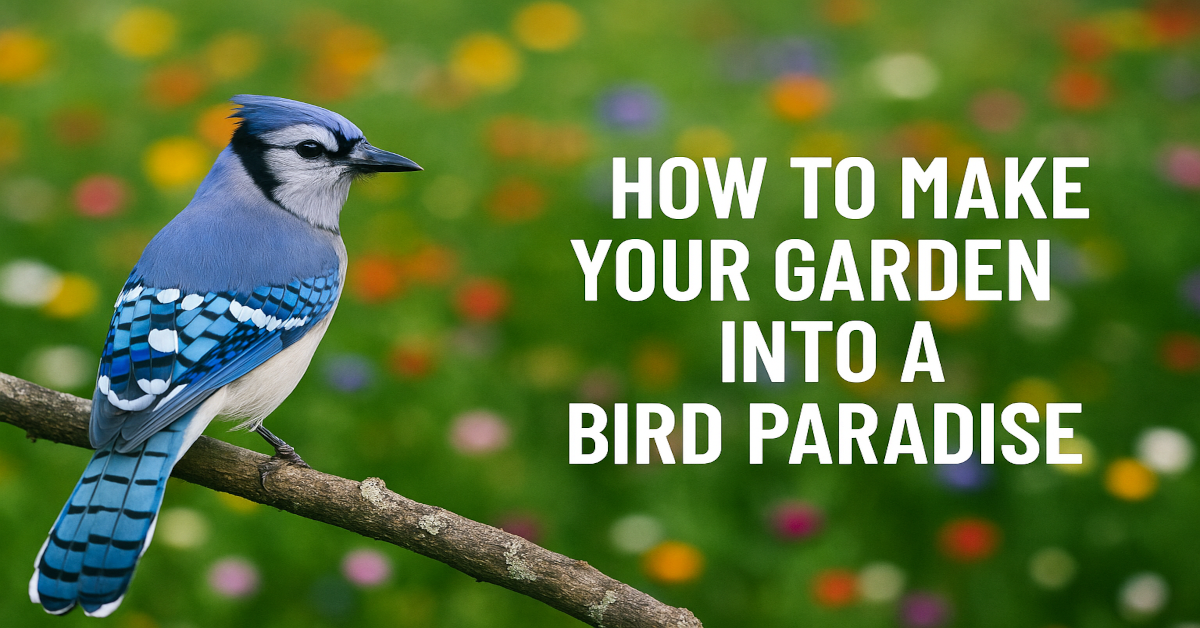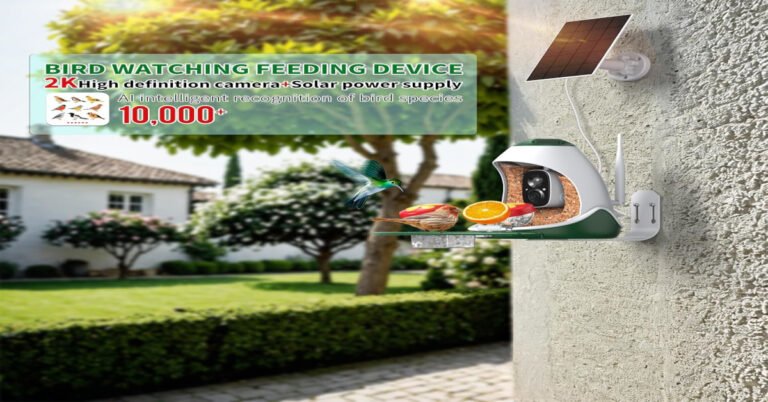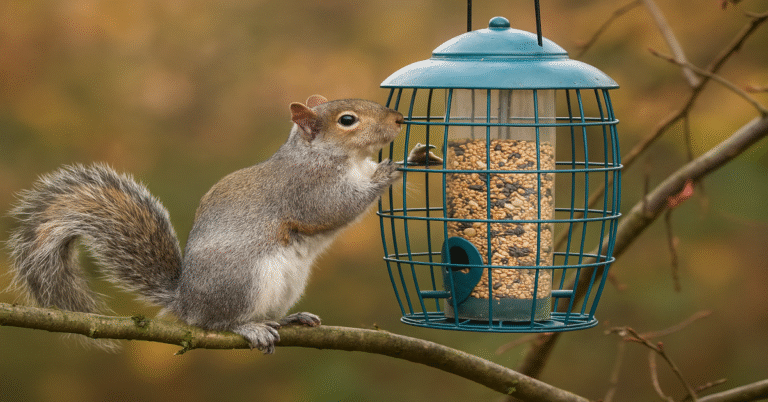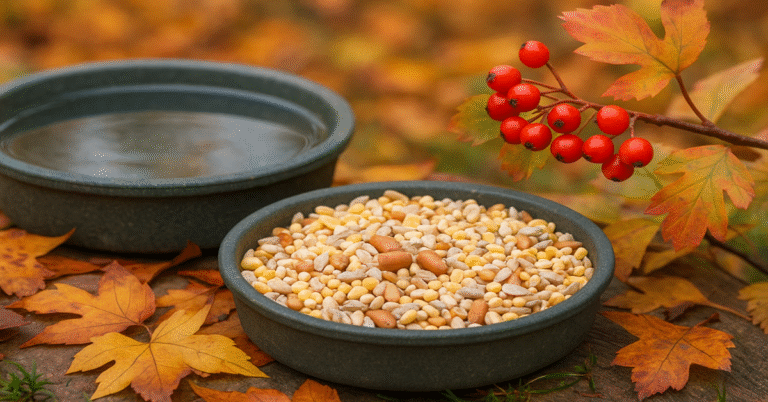1. Native Plants: The Foundation to Your Bird Paradise
When looking to make your garden a bird paradise, planting native species is the essential first step. These plants have evolved alongside local bird populations, providing them with food and shelter tailored to their needs. By opting for native flora, you create a sustainable environment where birds can thrive. For example, birds are naturally drawn to berry-producing shrubs or wildflowers that offer nectar. These plants not only beautify your garden but also support the local ecosystem.
Consider researching which native plants flourish in your region. You can choose from a variety of flowering plants, shrubs, and trees that can attract butterflies and hummingbirds, too. Including plants that bloom at different times throughout the seasons ensures a year-long supply of food for your feathered friends. This diversity in plant life will make your garden a dynamic habitat that invites a range of bird species.
2. Water Sources: Essential Hydration for Your Feathered Friends
Having clean water sources is paramount when you aim to create a bird paradise in your garden. Birds require water not only for drinking but also for bathing, which helps them maintain healthy feathers. Accessories such as bird baths, small ponds, or even fountains can be the perfect features to introduce into your outdoor space. It’s essential to keep these water sources clean and fresh to encourage regular visits from your feathery guests.
Place water features in quiet corners of your garden where birds can feel safe. Adding shallow stones or pebbles to bird baths can give them a place to perch. You might even consider running a small fountain which, besides providing water, creates a soothing ambience in your garden. Your efforts to provide hydration will surely attract a variety of bird species, keeping your garden lively and engaging.
3. Shelter and Nesting Sites: Building Safe Spaces for Birds
Creating shelter is another step toward transforming your space into a bird paradise. Birds need safe places to rest and build their nests, so incorporating shrubs, dense hedges, and mature trees will add much-needed hiding spots from predators. Planting a variety of species can also provide an assortment of nesting materials, while setting up birdhouses can further enhance the offerings in your garden.
To make your garden even more appealing, consider adding features such as birdhouses designed for different bird species. This means taking the time to learn about what types of nests various birds prefer. For example, while wrens might appreciate small, enclosed spaces, bluebirds might prefer a more open nesting site. With thoughtfulness in providing these accommodations, you’ll create a bird-friendly garden that birds will be excited to call home.
4. Food: A Delicious Buffet for Your Feathered Community
Offering a diverse range of food options can greatly increase the number of feathered visitors to your garden. From bird feeders to native plants that produce seeds and fruits, ensuring that there is plenty of food available is key. It’s important to select bird feeders that cater to various species by filling them with the right types of seeds, suet, and even mealworms. Each bird species has its own preferences, so creating a buffet will certainly appeal to many.
You can also omit artificial feeding options by planting bird-attracting plants, such as sunflowers and coneflowers, directly in your garden. These plants not only provide sustenance but also colourful aesthetics to your outdoor area. By having an array of food sources, your garden will become a lively gathering spot for a wide variety of bird species, each bringing their unique charm to your space.
5. Providing Safe Habitats: Minimising Hazards for Birds
Creating a safe environment is crucial when you’re trying to make your garden a bird paradise. Birds are exposed to numerous hazards, such as predators, chemical pesticides, and even reflective glass. To create a sanctuary, take time to eliminate such dangers. For instance, opting for organic gardening practices can help protect your avian visitors, while also keeping your plants healthy. Ensuring there are high, dense bushes will also provide shelter from predatory animals.
Another fun idea is to use bird-safe materials while constructing feeders and birdhouses. It’s also helpful to position these structures in places that provide cover from both voracious pets and aerial threats. Making these additional small changes can help you build a haven where birds can feel safe, find food, and reproduce without the stress of dangers lurking nearby.
6. Valuable Takeaways for Aspiring Bird Gardeners
As you embark on your journey to make your garden a delightful bird paradise, keep in mind that it’s about more than just placing seeds and feeders around your yard. It’s about crafting a thoughtful ecosystem that welcomes various bird species. Prioritising native plants is a convenient way to support local wildlife while ensuring that you’re making a sustainable choice. Additionally, regularly cleaning bird feeders and baths keeps your feathered guests healthy.
Take the time to observe the bird species visiting your garden throughout the seasons. This practice will not only enhance your gardening strategy moving forward but will also deepen your appreciation for these amazing creatures. So, get out there and dive into the world of bird-friendly gardening, embracing the joy and beauty that your newly created sanctuary will bring to both your outdoor space and the birds that visit.




